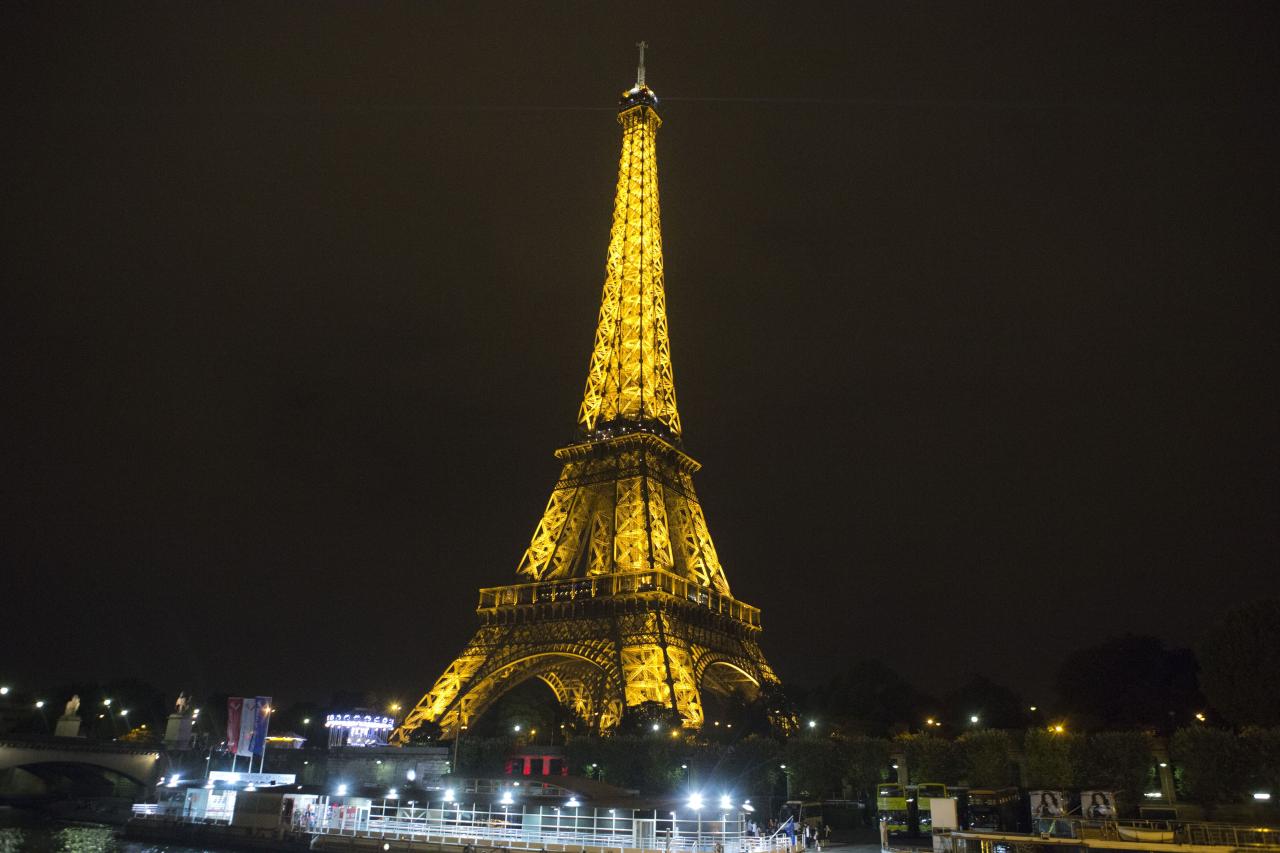Mystery Drone Paris: The recent appearances of unidentified drones over Paris have sparked a wave of speculation, from harmless technological glitches to sophisticated espionage. This article delves into the reported sightings, analyzes potential technologies, explores possible motives, and examines the public and media reactions. We’ll also look at how law enforcement might investigate such a mysterious event.
From detailed accounts of the drones’ physical characteristics – size, shape, color, and any unique features – to a chronological breakdown of sightings, we’ll piece together the puzzle. We’ll explore the inconsistencies and similarities in witness testimonies, examining potential origins, both domestic and foreign, and considering the wide range of purposes these drones could serve, from benign to malicious.
Recent Sightings and Reports
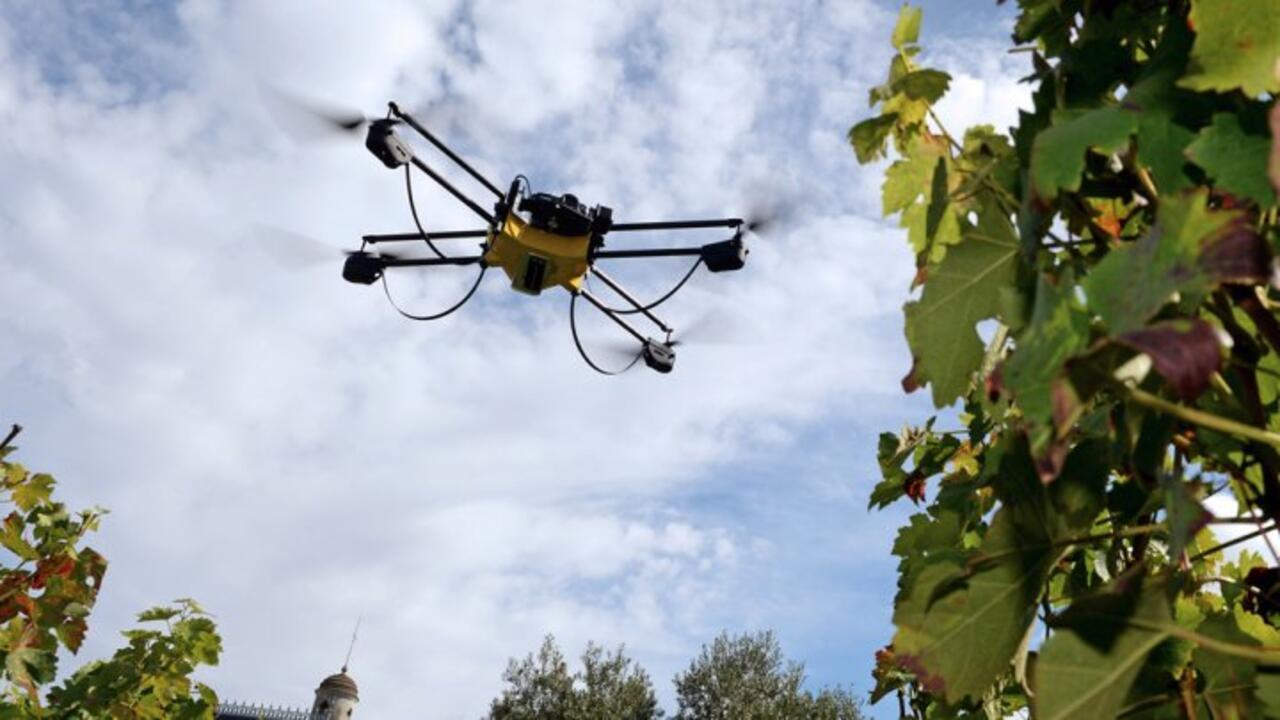
Reports of mysterious drone activity in Paris have been steadily increasing over the past few weeks, sparking public curiosity and raising concerns among authorities. While the exact nature of these drones remains unclear, witness accounts and limited video footage offer some clues regarding their appearance and behavior. This section details the collected information, highlighting both consistencies and discrepancies in the reported sightings.
Drone Characteristics
Descriptions of the mystery drones vary somewhat, but several common features emerge from witness accounts. Many reports describe a relatively small drone, roughly the size of a large bird, though estimates range from 30cm to 60cm in wingspan. The shape is consistently described as unconventional, not resembling any commercially available drone model. Several witnesses mention a distinctive, almost triangular or boomerang-like shape.
The color is reported as dark, with descriptions ranging from black to a deep grey, making them difficult to spot against the night sky. A notable unique feature mentioned in several accounts is a pulsating or flashing light, often described as red or amber, located near the center of the drone’s structure. This light seems to be intermittent, not continuously on.
Sightings Table
The following table summarizes reported drone sightings, categorized by date, time, location, and a brief description of the observed activity. It is important to note that the accuracy of the times may vary due to differences in witness reporting and potential delays in reporting.
| Date | Time | Location | Description of Activity |
|---|---|---|---|
| October 26, 2023 | 22:45 | Near the Eiffel Tower | Observed hovering silently for approximately 5 minutes before quickly disappearing. |
| October 27, 2023 | 01:10 | Over the Seine River | Reportedly moving erratically at high speed, then abruptly changing direction. |
| October 28, 2023 | 03:00 | Near the Louvre Museum | Witnessed flying low to the ground, seemingly scanning the area. |
| October 29, 2023 | 23:55 | Parc des Buttes-Chaumont | Seen flying in a circular pattern at a consistent altitude. |
Inconsistencies and Similarities in Witness Accounts
While several common characteristics have been identified, inconsistencies in witness accounts remain. For instance, the size estimations vary considerably, possibly due to distance and lighting conditions. Similarly, descriptions of the drone’s movement differ, with some reporting slow, deliberate flight patterns, while others describe erratic and high-speed maneuvers. The pulsating light, while a common feature, is described with slight variations in color and frequency.
Despite these inconsistencies, the recurring reports of a dark, unusually shaped drone with a flashing light suggest a common source for the sightings, rather than multiple unrelated events. Further investigation is needed to determine the origin and purpose of these mysterious drones.
Speculation on Purpose and Origin
The mysterious drone sightings over Paris have sparked considerable speculation regarding their purpose and origin. The lack of clear identification and the seemingly erratic flight patterns have fueled a range of theories, from relatively benign explanations to more concerning scenarios involving espionage or even sabotage. Understanding the potential motivations behind these flights is crucial to assessing the overall risk.
That whole “mystery drone in Paris” thing is pretty wild, right? It makes you wonder about the potential for similar incidents, like the one detailed in this article about a paris drone crash. Understanding those crashes helps us piece together what might be happening with these mysterious drones – maybe there’s a pattern, maybe not. Either way, it’s a puzzle worth investigating further.
Several possibilities exist for the drone’s presence, ranging from innocent recreational use to highly sophisticated, malicious operations. It’s vital to consider both the technological capabilities implied by the drone’s actions and the potential geopolitical context. The lack of clear markings or identifiable ownership further complicates the investigation.
Possible Purposes of the Drone Flights
A comprehensive assessment requires considering a spectrum of potential purposes, from harmless to malicious. The following list Artikels some of the key possibilities.
- Amateur Aerial Photography/Videography: A skilled hobbyist might be operating a high-end drone capable of evading detection, perhaps unaware of the airspace restrictions or the alarm their actions are causing.
- Commercial Aerial Surveying/Mapping: A company conducting unauthorized aerial surveys for construction, infrastructure assessment, or other commercial purposes could be responsible. This might involve a clandestine operation to avoid permits or fees.
- Espionage/Intelligence Gathering: A foreign government or private entity might be using the drone to gather intelligence on sensitive locations, infrastructure, or military installations in Paris. High-resolution cameras and advanced sensors could be deployed for this purpose.
- Sabotage/Terrorism: In a worst-case scenario, the drone could be used for malicious purposes, such as delivering explosives or disrupting critical infrastructure. This scenario would require a more sophisticated drone with payload capacity and precise control systems.
- Testing of Advanced Drone Technology: The drone flights could be part of a test program conducted by a private company or government agency, evaluating the drone’s capabilities in a real-world environment. This could involve testing stealth technology or flight algorithms.
Hypothetical Scenario: Drone Origin
Let’s consider a hypothetical scenario. Imagine a small, highly skilled team operating from a rented apartment in a less-central Parisian suburb. This team could be composed of either French nationals involved in a criminal enterprise or a foreign intelligence agency’s operatives. The drones, perhaps acquired on the dark web or through a compromised supply chain, are equipped with advanced countermeasures to avoid detection.
Their flights are carefully planned, using pre-programmed routes and avoiding high-traffic areas, except for a few calculated close passes over significant landmarks for data collection or psychological impact.
Alternatively, the drone could originate from a foreign power. Consider a scenario where a nation-state adversary utilizes commercially available drones, modifying them with advanced sensors and countermeasures before deploying them for intelligence gathering. The flights would be designed to maximize data collection while minimizing the risk of detection, with operatives remotely controlling the drones from outside French airspace.
Comparison of Civilian and Military Applications
The motivations behind drone flights differ significantly between civilian and military applications. Civilian uses generally focus on commercial gains, recreational activities, or scientific research. Military applications, on the other hand, are often driven by strategic objectives, such as surveillance, reconnaissance, or even targeted attacks.
Civilian drones, even sophisticated ones, typically lack the payload capacity and advanced countermeasures found in military drones. Military drones often incorporate features designed for stealth, evasion of detection, and the delivery of payloads. The sophistication of the Paris drone flights suggests a level of technological capability more aligned with military or highly advanced commercial applications than simple recreational use.
The potential for malicious intent, therefore, needs to be seriously considered.
Technological Analysis
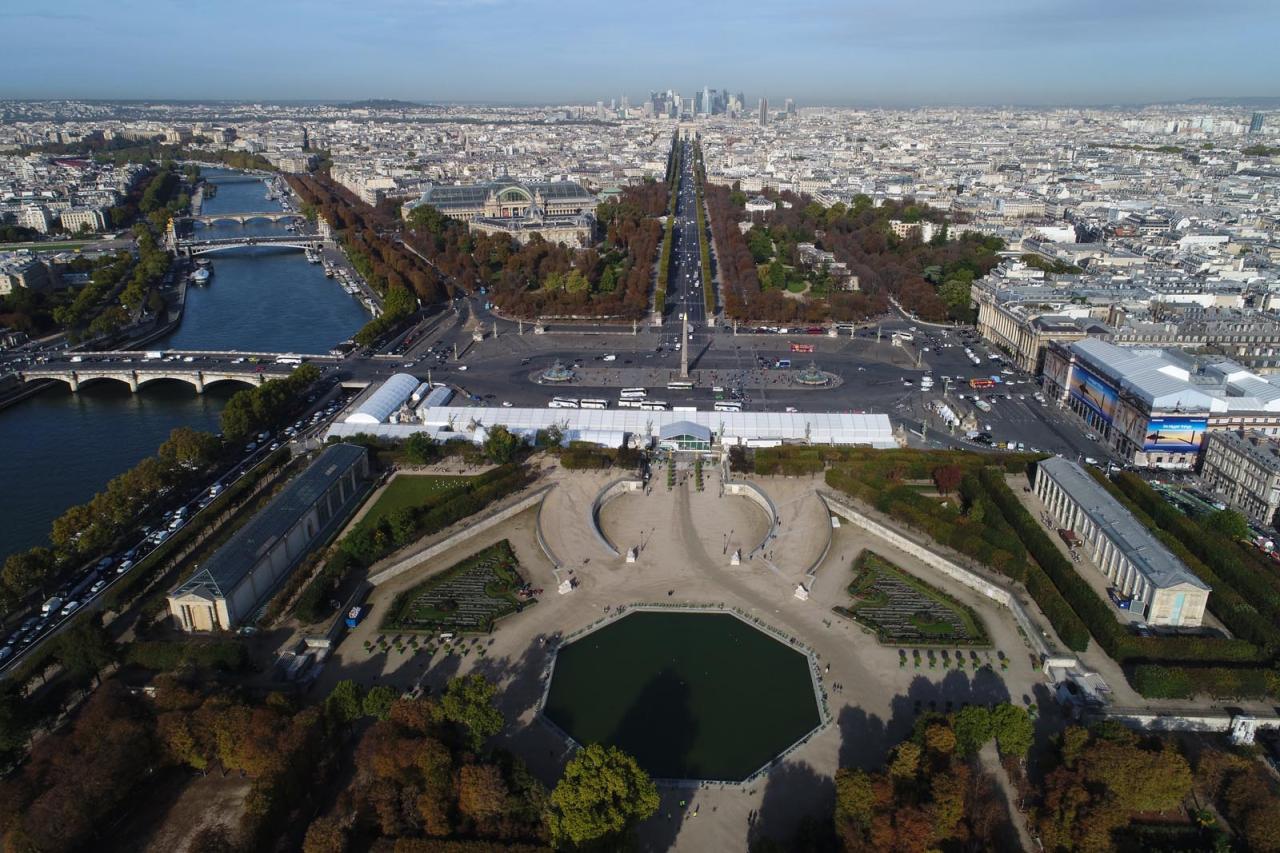
The mysterious Parisian drones present a fascinating technological puzzle. Understanding their capabilities requires analyzing potential components, considering their flight characteristics as reported, and extrapolating from existing drone technology. This analysis will explore potential technologies, tracking methods, and countermeasures.The drones’ reported flight patterns, endurance, and maneuverability suggest a sophisticated design beyond commercially available models. Several technologies could explain their performance.
We can speculate on the use of advanced battery technology allowing for extended flight times, high-performance motors for agile movements, and sophisticated flight control systems incorporating GPS, inertial measurement units (IMUs), and possibly even advanced obstacle avoidance systems using computer vision. Limitations could include vulnerability to GPS jamming or spoofing, susceptibility to weather conditions (strong winds, rain), and the inherent limitations of battery technology impacting range and endurance.
Drone Technology Capabilities and Limitations, Mystery drone paris
The drones’ silent operation hints at the use of electric propulsion, likely employing multiple rotors for stability and maneuverability. The reported lack of visible markings or identification suggests a deliberate attempt at concealment, potentially involving custom-designed components or the use of readily available parts assembled to avoid detection. The extended flight times observed point to high-capacity batteries, possibly utilizing advanced lithium-polymer or solid-state battery technology.
However, even advanced batteries have limitations in terms of energy density, placing constraints on flight time and payload capacity. The drones’ apparent ability to navigate complex urban environments suggests the use of sophisticated flight control algorithms and potentially advanced sensor systems, such as lidar or radar, for obstacle avoidance. However, these systems could be susceptible to interference or malfunction, limiting their operational reliability.
Tracking and Identification Methods
Tracking and identifying the drone’s operator and origin point present significant challenges. Traditional methods like visual observation are hampered by the drones’ small size and stealth capabilities. More advanced techniques could be employed. For instance, analyzing the drones’ radio frequency (RF) signals might reveal clues about their communication protocols and potentially identify the operator’s location. Forensic analysis of any recovered drone components could provide insights into their manufacturing origin and potentially trace them back to a specific supplier or manufacturer.
Signal intelligence (SIGINT) techniques, utilizing specialized equipment to detect and analyze the drones’ communication signals, could also be used. However, the use of encrypted communication channels and sophisticated anti-tracking measures could significantly complicate these efforts. Furthermore, the use of commercially available components could make tracing the origin difficult.
Potential Countermeasures
Addressing this type of drone activity requires a multi-pronged approach. Drone detection systems, employing radar, acoustic sensors, or even computer vision algorithms analyzing video feeds, could be deployed to identify and track the drones in real-time. GPS jamming or spoofing could disrupt the drones’ navigation capabilities, forcing them to land or return to their origin point. However, this approach could have unintended consequences, affecting other aircraft and electronic systems.
More targeted countermeasures could include deploying anti-drone nets or deploying smaller counter-drones to intercept and disable the suspicious drones. Regulations and licensing requirements for drone operation, coupled with stringent enforcement, are crucial for preventing unauthorized drone activity. Finally, public awareness campaigns could educate citizens about the potential dangers of unauthorized drone use and encourage reporting of suspicious activity.
Public Reaction and Media Coverage
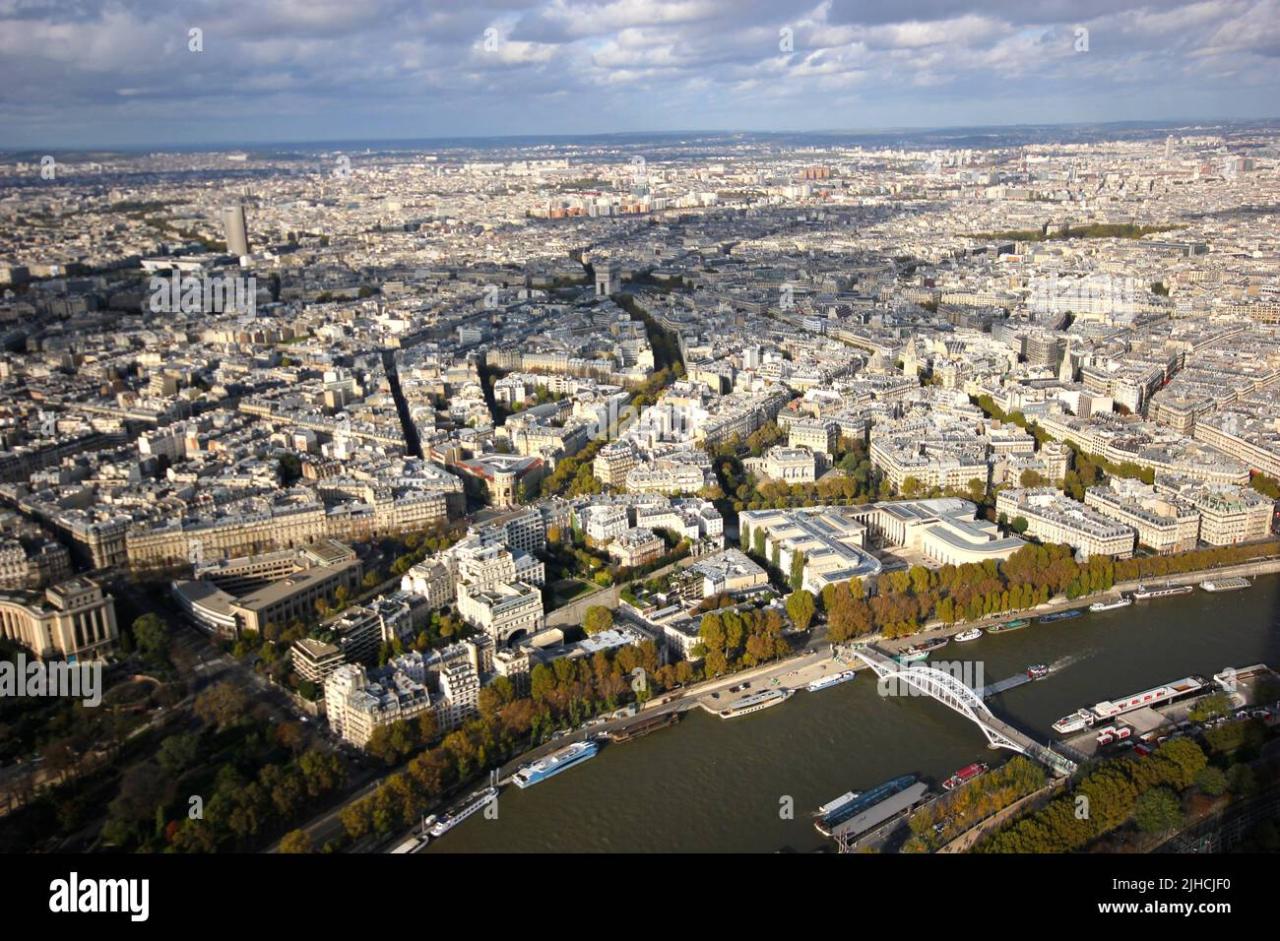
The appearance of the mysterious drones over Paris sparked a whirlwind of public reaction and intense media coverage, rapidly evolving from initial curiosity to widespread speculation and, ultimately, a degree of anxiety and concern. The event’s unfolding was heavily influenced by the speed and reach of social media, amplifying both factual information and a considerable amount of misinformation.The initial response was largely one of fascination and disbelief.
Videos and photographs of the silent, black drones quickly went viral on platforms like Twitter, Instagram, and TikTok. Many users expressed awe at the drones’ seemingly advanced technology and their ability to evade detection. However, as the sightings continued and explanations remained elusive, this initial wonder gave way to a mixture of fear, speculation, and even humor, with memes and satirical commentary proliferating online.
Traditional news outlets, initially slow to report on the events due to the lack of official confirmation, quickly caught up, offering a mix of breaking news reports, expert interviews, and speculative pieces.
Social Media Response
Social media played a crucial role in disseminating information, and misinformation, about the Paris drone sightings. The rapid spread of videos and images fueled public discussion and speculation, with hashtags such as #ParisDrones and #MysteryDrones trending globally. A wide range of reactions were evident, from excited speculation about advanced technology to anxieties about potential security breaches or even extraterrestrial involvement.
Many users attempted to identify the drones, sharing their theories and interpretations of the available footage. The sheer volume of posts, however, made it challenging to distinguish credible information from conjecture. Official statements, when they did appear, often struggled to keep pace with the rapid spread of information and speculation on social media.
That whole mystery drone situation in Paris is pretty wild, right? It makes you wonder about the potential for more incidents, especially considering how often things go wrong. Check out this article on drone crashes in Paris to get a sense of the risks involved. Understanding those risks might shed some light on the mystery drone’s origins and purpose.
Timeline of Media Reports and Public Statements
A chronological overview of the events highlights the evolution of public perception and the media’s role in shaping that perception.
- Day 1-2: Initial sightings reported on social media. Limited news coverage; focus on unusual activity.
- Day 3-4: Major news outlets pick up the story. Speculation begins regarding the drones’ origin and purpose. Government remains silent.
- Day 5-7: Expert interviews appear in major publications, offering various technological analyses. Public anxiety increases due to the lack of official explanation.
- Day 8-10: First official government statements acknowledge the sightings but offer little concrete information. Social media continues to be a key source of discussion and speculation.
- Day 11 onwards: Continued media coverage, focusing on the ongoing investigation and the impact on public trust. The mystery of the drones continues to fascinate and concern the public.
Impact on Public Trust and Security Concerns
The Paris drone incident had a multifaceted impact on public trust and security concerns. The prolonged lack of official explanation fueled speculation and eroded confidence in authorities’ ability to address potential security threats. The incident raised concerns about the vulnerability of airspace to unauthorized drones and the potential for malicious use of such technology. The ease with which videos and images were disseminated on social media also highlighted the challenges of controlling information flow during such events.
This event served as a stark reminder of the potential for advanced technology to be misused and the need for improved security measures to protect critical infrastructure and public spaces. The lack of clear answers also created a sense of unease and uncertainty, affecting public confidence in the security apparatus. This could potentially lead to increased scrutiny of government transparency and a demand for more proactive measures to address similar future incidents.
Investigative Approaches
Investigating the mysterious Parisian drones requires a multi-faceted approach, combining technological expertise with traditional investigative techniques. Law enforcement would need to coordinate resources and expertise from various agencies, both domestically and potentially internationally, depending on the drones’ origin and purpose. The complexity of the situation demands a systematic and thorough investigation.The investigation would likely begin with a thorough review of all available evidence, including witness accounts, video footage, and any physical debris recovered.
This initial phase is crucial for establishing a timeline of events and identifying potential patterns in the drone activity. The challenge lies in the sheer volume of potentially relevant data and the need to filter out misinformation and unreliable sources.
Evidence Collection and Analysis
The first step involves meticulously collecting all available evidence. This includes analyzing video footage for clues about the drone’s design, flight patterns, and any identifiable markings. Forensic examination of any recovered drone parts would be essential to determine their manufacturer, components, and potential modifications. Analysis of flight paths might reveal patterns suggesting a specific target or operational base.
Geospatial analysis, using mapping software and GPS data from witness accounts, would help pinpoint areas of interest and potential launch or landing sites. This process would also involve examining metadata associated with any video or photographic evidence to establish its authenticity and source. For example, the EXIF data embedded in digital photographs can reveal the date, time, and location of the image, which can be crucial in piecing together the sequence of events.
Technological Challenges and Limitations
Investigating unmanned aerial vehicles presents significant technological challenges. The drones’ small size and potential for remote operation make them difficult to track and intercept in real-time. Sophisticated anti-drone technology, while evolving, is not always effective against determined operators. Moreover, the drones may be equipped with countermeasures to thwart detection or tracking. The ability to trace the drones back to their operators is further hampered by the use of encrypted communication channels and techniques designed to obscure the origin of control signals.
For instance, the use of signal jamming or spoofing techniques could make it nearly impossible to pinpoint the exact location of the drone’s controller. Furthermore, the use of commercially available components in drone construction makes it harder to trace them back to a specific manufacturer or distributor.
Legal Constraints and International Cooperation
Legal constraints present another major hurdle. Surveillance and data collection must adhere to strict privacy laws, requiring warrants and judicial oversight. International cooperation is often essential, as drones may cross borders or originate from foreign countries. Negotiating access to information and coordinating investigative efforts across different jurisdictions can be time-consuming and complex. This is especially true if the drones’ origin or operation involves a foreign government or a non-state actor.
For example, obtaining evidence from a foreign country might require mutual legal assistance treaties and could be subject to significant delays and bureaucratic hurdles. The legal framework governing drone use and surveillance varies considerably across nations, making international cooperation even more challenging.
Investigative Techniques and Effectiveness
Several investigative techniques could be employed. Traditional methods, such as witness interviews and analyzing financial records (to trace purchases of drone components), remain important. However, advanced techniques like signal intelligence (SIGINT) and geospatial intelligence (GEOINT) would be crucial in tracking the drones’ communications and flight paths. SIGINT could help identify the frequencies used by the drones and potentially intercept communication signals, revealing the operators’ location or intentions.
GEOINT, utilizing satellite imagery and other remote sensing data, could provide a broader view of the drone activity and identify potential launch or landing sites. The effectiveness of each technique depends on factors such as the sophistication of the drones, the skill of the operators, and the resources available to the investigators. For instance, the use of advanced encryption techniques by the drone operators would significantly reduce the effectiveness of SIGINT.
Similarly, the use of readily available, commercially-produced drones could make it harder to trace their origins using traditional investigative methods.
Hypothetical Scenarios and Visualizations
Let’s explore several possible scenarios involving the mysterious Parisian drone, visualizing its actions and potential consequences. These scenarios range from completely benign to outright malicious, highlighting the wide spectrum of possibilities surrounding this enigmatic aircraft. We will consider both the visual aspects and the potential impacts of each scenario.
That whole mystery drone situation in Paris has everyone buzzing, right? It makes you wonder about the frequency of these incidents. Check out this article on drone crashes in Paris to get a better idea of the scale of the problem. Understanding those past incidents might shed some light on the current mystery drone, helping us figure out what’s really going on.
A Benign Scenario: Environmental Monitoring
Imagine the drone, sleek and dark grey, hovering silently above the Seine River at dawn. Its movements are deliberate and methodical, following a pre-programmed flight path. The drone is equipped with advanced sensors, subtly scanning the water for pollutants or signs of ecological distress. Data is transmitted wirelessly to a secure research facility, contributing to a larger effort to monitor and protect Paris’s environment.
The drone’s cameras capture breathtaking high-resolution images of the city waking up, showcasing the beauty of the Parisian skyline bathed in the soft morning light. Its flight is nearly imperceptible to the average citizen, a silent guardian ensuring the health of the city’s ecosystem. The successful implementation of this scenario would lead to improved environmental monitoring capabilities, enabling proactive measures to mitigate environmental risks and protect the city’s natural resources.
A Malicious Scenario: Targeted Surveillance
In contrast, consider a darker scenario. The same drone, now modified, flies under the cover of night. Its movements are erratic and unpredictable, darting between buildings and weaving through the narrow streets. Its cameras, enhanced with advanced zoom capabilities, focus on specific individuals. The drone’s seemingly random flight path masks its true purpose: covert surveillance.
The data collected, highly detailed video footage and audio recordings, is transmitted to a remote server controlled by a malicious actor. This scenario could lead to significant privacy violations, compromising the safety and security of individuals and potentially destabilizing social order. The consequences range from targeted harassment to the exposure of sensitive information, with potential ramifications for national security.
This scenario would parallel real-world concerns surrounding the misuse of surveillance technologies, emphasizing the need for robust regulatory frameworks.
Visual Description of a Potential Scenario
Imagine a late afternoon scene: The Eiffel Tower, bathed in the golden light of the setting sun, stands as a majestic backdrop. The drone, a small, almost invisible speck against the vast Parisian sky, moves in a seemingly erratic pattern, yet with an underlying precision. It circles the Champ de Mars, then suddenly dips sharply, disappearing momentarily behind a cluster of trees before reappearing, now heading towards the Seine.
The drone’s movements are quick and agile, a ballet of controlled chaos, suggesting a sophisticated AI or highly skilled remote pilot. Its reflective surface catches the sunlight, briefly flashing before it disappears again into the cityscape. This could be interpreted as either benign data collection or covert surveillance, depending on the context and further investigation. The image emphasizes the drone’s small size and surprising maneuverability against the backdrop of iconic Parisian landmarks.
Wrap-Up: Mystery Drone Paris
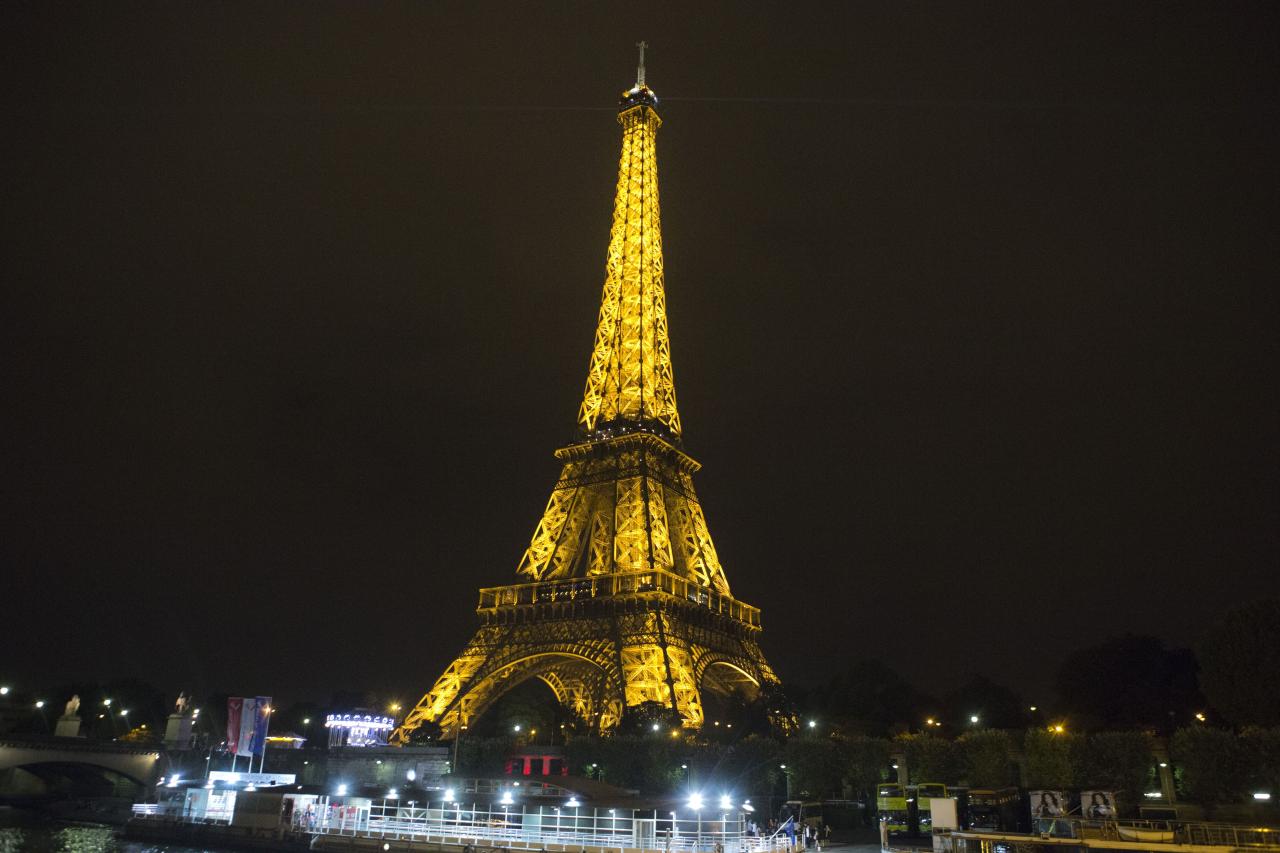
The mystery surrounding the Paris drones remains, highlighting the challenges of monitoring and regulating airspace in a technologically advanced world. While the exact purpose and origin may remain elusive, the incident underscores the need for improved drone detection and identification technologies, as well as robust investigative protocols. The public’s response, and the subsequent media coverage, serve as a reminder of the impact such events can have on public perception of security and trust in authorities.
Top FAQs
What types of countermeasures could be used against these drones?
Possible countermeasures include jamming signals, deploying drone-catching nets, using anti-drone radar systems, or employing specialized software to disrupt drone operations.
What legal challenges are involved in investigating these drones?
Investigating involves balancing privacy concerns with national security needs. Obtaining warrants, navigating international laws if the drone’s origin is foreign, and establishing jurisdiction can all present significant hurdles.
How effective are current drone tracking methods?
Effectiveness varies greatly depending on the drone’s technology. Some drones are easily tracked via GPS or radio signals, while others utilize more sophisticated methods to evade detection.
What is the potential impact on tourism in Paris?
Depending on the perceived threat level and media coverage, the sightings could negatively impact tourism by raising security concerns and potentially deterring visitors.
